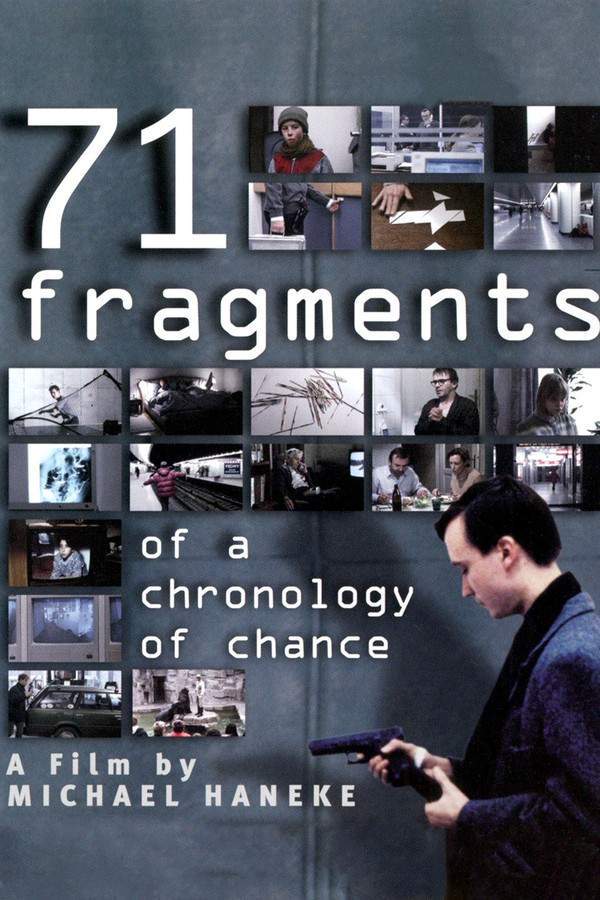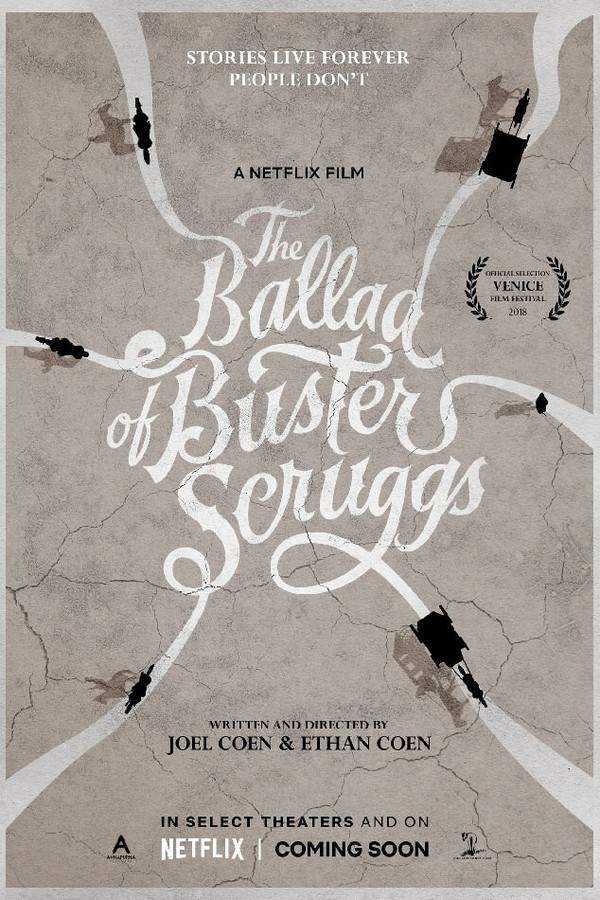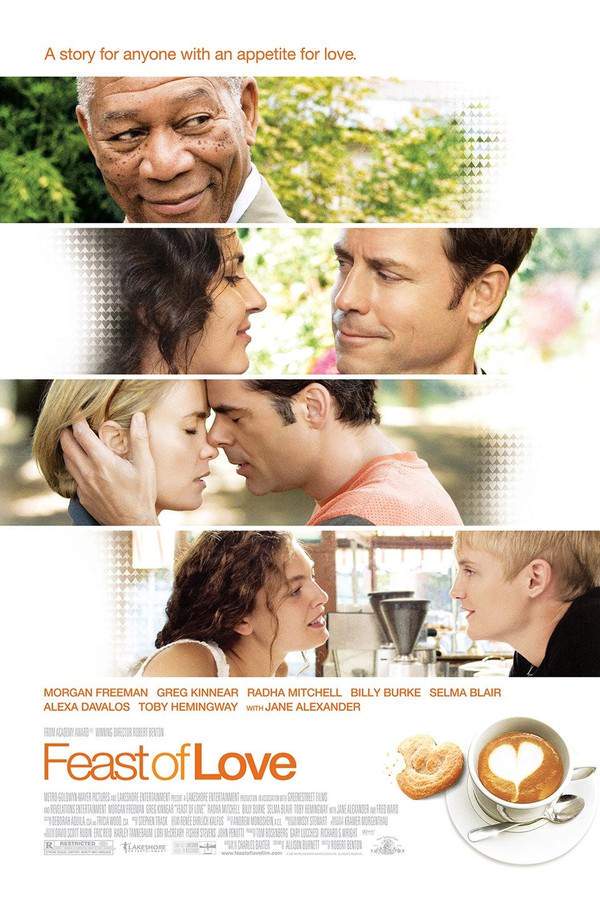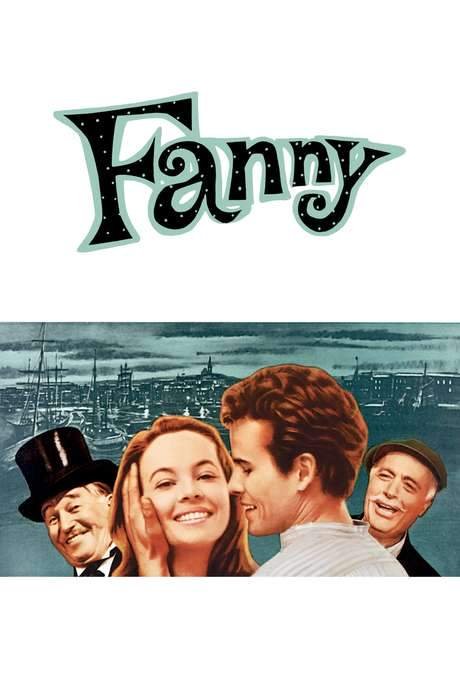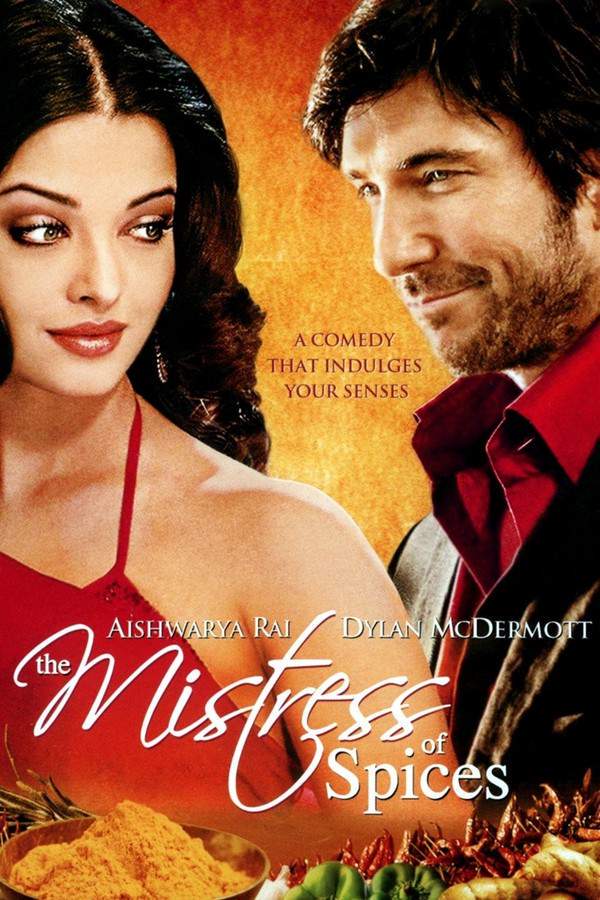
Wondrous Boccaccio
Year: 2015
Runtime: 116 mins
Language: Italian
Directors: Paolo Taviani, Vittorio Taviani
In 1348, as the plague ravages Florence, a group of young people—seven women and three men—escape the city's grip. They seek refuge in a secluded villa nestled within the Tuscan hills. To combat the pervasive sense of dread and pass the time, the group shares a diverse collection of stories, ranging from tragic and bizarre to humorous and erotic. These narratives explore a variety of themes, with the female perspective consistently at the forefront, until the group ultimately chooses to return.
Warning: spoilers below!
Haven’t seen Wondrous Boccaccio yet? This summary contains major spoilers. Bookmark the page, watch the movie, and come back for the full breakdown. If you're ready, scroll on and relive the story!
Wondrous Boccaccio (2015) – Full Plot Summary & Ending Explained
Read the complete plot breakdown of Wondrous Boccaccio (2015), including all key story events, major twists, and the ending explained in detail. Discover what really happened—and what it all means.
During the mid-14th century, in Florence, a group of young, well-off youths flee the city haunted by the plague and seek refuge in a sprawling country house, where they pass the time by spinning and listening to stories.
First tale: Modena — Messer Gentile Garisendi is in love with Catalina, the wife of Nicoluccio. Catalina falls gravely ill, and Nicoluccio’s mother fears the household will be infected by the plague if she stays. She urges that Catalina be moved to the countryside to be cared for far from others, a plan her husband reluctantly accepts. On the journey, Catalina dies, and the carriage driver leaves her body in a crypt beneath an abandoned church. Meanwhile, Gentile, who has followed the wagon, discovers her body in the crypt, kisses it, and feels a heartbeat. He takes Catalina to his mother’s villa, where she is nursed back to health. He announces his desire to marry her and gathers a group of friends, including Nicoluccio, to witness the moment. He poses a morally provocative question to the assembled: if a loyal servant falls ill and his patron abandons him, and another man steps in to nurse him back to health, should that second man be free to keep the servant? Nicoluccio responds that the original patron forfeits the servant, who rightly belongs to the second man. At that point, Gentile reveals Catalina to the group and lets her choose between him and Nicoluccio. Nicoluccio, horrified, declares that she has come from hell, but Catalina looks to him and declares she has come from paradise. She rejects Nicoluccio, remembering how he abandoned her in illness, and she accepts Gentile’s proposal.
Second tale: Florence — In the workshop of a famous painter, Calandrino is an eager, somewhat simple apprentice. Two fellow apprentices tease him with a legend about a stone that grants invisibility. They accompany him to the riverside to search for such a stone, and Calandrino finds one. They trick their neighbors into believing he is invisible, and the prank spirals: he robs his neighbors, leers at a girl, and disrupts the painter’s studio. When he returns home, his wife — unaware of the ruse — greets him with a simple meal. Calandrino, terrified that the stone’s power might be slipping away, accuses his wife of witchcraft and beatings follow. The tale closes with his wife holding the supposed stone aloft as he eats, leaving him exposed and humiliated.
Third tale: Salerno — Duke Tancredi arranges a marriage between his daughter Ghismunda and a wealthy, older husband. The husband dies soon after, and Ghismunda falls for a handsome young metalworker who works for her father. When the Duke learns of the affair, he murders the lover and serves Ghismunda a goblet containing the heart of her beloved. Grief-stricken, Ghismunda melts the heart, adds poison, and drinks it herself, dying in the wake of her forbidden love.
Fourth tale: Certaldo — One night, the nuns discover a sister with a man in her cell and rush to reveal the affair to the mother superior. Unknown to them, the mother superior herself hides a lover in her own chamber. In the rush to dress, she mistakes her headgear for her lover’s long johns, drawing the other sisters into the farcical sight. As the mother superior contends with the transgression, her own secret is uncovered. In the end, she pardons the sisters and offers a reflective, almost pragmatic view: God has given everyone elements of both sin and sainthood within their souls, so people can both entertain and conceal their lovers as long as the scandal never leaves the convent.
Fifth tale: A villa near the country estate — The knight Federico degli Alberighi is in love with Giovanna, but she does not return his feelings. He spends all his money courting her and ends up with nothing but a falcon. She marries another man, with whom she has a son. Years later, when that husband dies, she moves to a villa near Federico’s property. Her son befriends Federico and learns falconry from him. When the boy falls ill and asks for the falcon as a gift, Giovanna travels to Federico’s home to discuss it. There, Federico realizes he has nothing to serve for dinner and, in a cruel twist, kills the beloved falcon to prepare a meal for Giovanna. Horrified, Giovanna understands the depth of his deception. The boy dies soon after, and Giovanna relocates. Later, her brothers return to tell Federico that Giovanna is ready to remarry him, and he accepts.
The film weaves these four tales into a reflective meditation on love, loyalty, deception, and the fragile boundaries between virtue and appetite, told through a chorus of vivid characters whose fates intertwine with humor, tragedy, and moral ambiguity.
Last Updated: October 03, 2025 at 20:05
Explore Movie Threads
Discover curated groups of movies connected by mood, themes, and story style. Browse collections built around emotion, atmosphere, and narrative focus to easily find films that match what you feel like watching right now.
Frame narrative movies like Wondrous Boccaccio
Characters share diverse tales to escape or make sense of a tumultuous world.If you liked the structure of Wondrous Boccaccio, you'll enjoy these movies where a frame story contains multiple tales. Find similar drama and comedy films that use storytelling as a central device, exploring themes of love, survival, and morality.
Narrative Summary
A primary narrative, often involving a group in a confined or stressful situation, serves as a container for multiple shorter stories. Each embedded tale has its own arc, tone, and characters, while collectively they reflect on the themes of the framing device.
Why These Movies?
These films are grouped by their distinctive narrative architecture, which creates a unique pacing and allows for a varied emotional journey. They share a focus on storytelling as an act of survival, connection, or commentary.
Bittersweet period love stories like Wondrous Boccaccio
Romantic and dramatic stories where passion intertwines with harsh realities and moral ambiguity.Fans of the romantic and dramatic tales in Wondrous Boccaccio will appreciate these movies. Discover similar history and drama films featuring complex relationships, strong female perspectives, and stories where love meets difficult moral choices.
Narrative Summary
Stories revolve around romantic entanglements that are complicated by class, duty, betrayal, or external crises like plague or war. Character journeys are defined by difficult choices, leading to endings that are rarely purely happy or sad, but instead nuanced and realistic.
Why These Movies?
They share a specific emotional blend of romance, tragedy, and pragmatic humor, often set against a historical backdrop. The focus on morally ambiguous decisions and the consequences of desire creates a consistently bittersweet and thought-provoking vibe.
Unlock the Full Story of Wondrous Boccaccio
Don't stop at just watching — explore Wondrous Boccaccio in full detail. From the complete plot summary and scene-by-scene timeline to character breakdowns, thematic analysis, and a deep dive into the ending — every page helps you truly understand what Wondrous Boccaccio is all about. Plus, discover what's next after the movie.
Wondrous Boccaccio Timeline
Track the full timeline of Wondrous Boccaccio with every major event arranged chronologically. Perfect for decoding non-linear storytelling, flashbacks, or parallel narratives with a clear scene-by-scene breakdown.

Characters, Settings & Themes in Wondrous Boccaccio
Discover the characters, locations, and core themes that shape Wondrous Boccaccio. Get insights into symbolic elements, setting significance, and deeper narrative meaning — ideal for thematic analysis and movie breakdowns.

Wondrous Boccaccio Spoiler-Free Summary
Get a quick, spoiler-free overview of Wondrous Boccaccio that covers the main plot points and key details without revealing any major twists or spoilers. Perfect for those who want to know what to expect before diving in.

More About Wondrous Boccaccio
Visit What's After the Movie to explore more about Wondrous Boccaccio: box office results, cast and crew info, production details, post-credit scenes, and external links — all in one place for movie fans and researchers.








